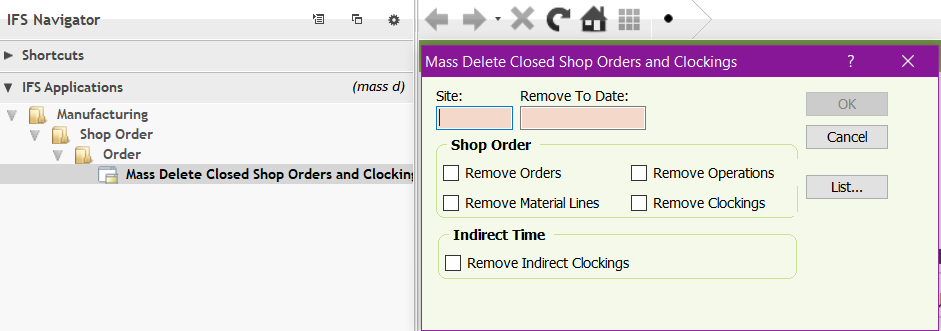As I mentioned in the title, searching in shop orders is too slow. There are 78,995 records here. Could this be slowing it down?
Approximately 40,000 records were created before 2018.These records will no longer be used. We want IFS not to look at these records while doing research? Is there any way to do this? Can we deactivate all records created before 2018?
We are using IFS APP 8 version.








